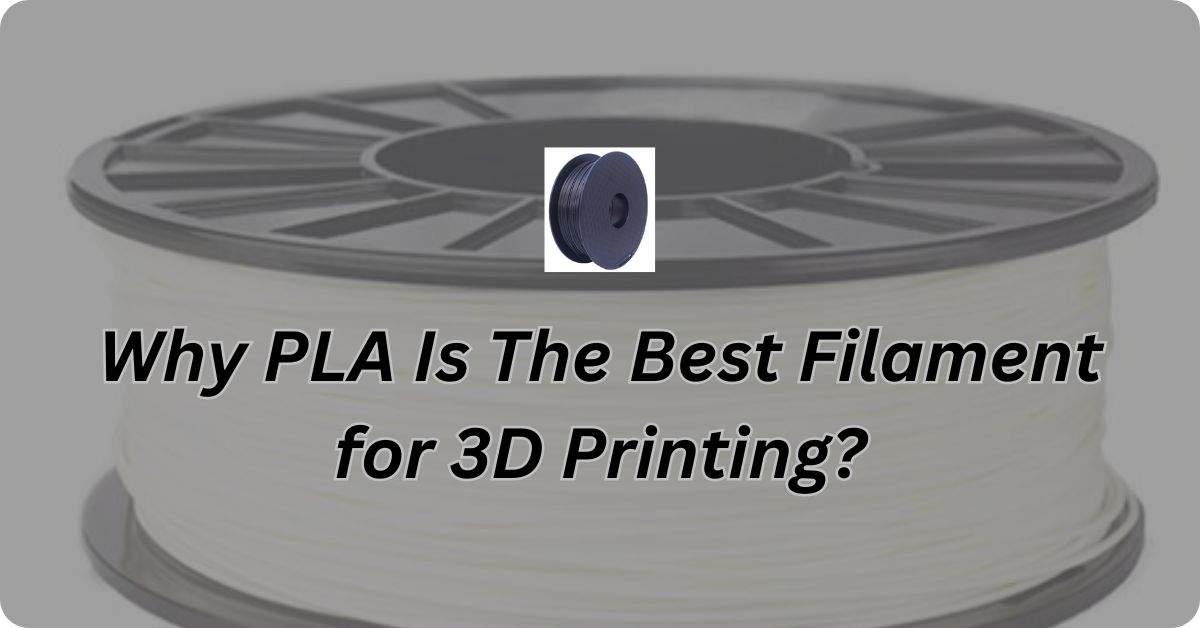Is PLA the best filament for 3d printers? 3D printing has revolutionized the way we create and innovate, and one of the most popular materials used in this process is PLA, or Polylactic Acid. Let’s explore why PLA is a preferred filament for 3D printers.
What is PLA?
PLA is a type of plastic made from renewable resources like corn starch or sugarcane. Unlike other plastics that are derived from petroleum, PLA is biodegradable, making it an environmentally friendly option.
Why Choose PLA for 3D Printing?
- Ease of Use: PLA is known for being one of the easiest materials to print with. It has a low melting temperature, which means it doesn’t require a heated bed or special printing environment.
- Quality Prints: PLA offers good surface finish and detail, making it ideal for printing intricate designs and models.
- Less Warping: PLA has minimal warping issues compared to other materials like ABS. This means your prints are less likely to deform as they cool down. If you encounter warping issues just use a heated bed and eveything will be fine.
Applications of PLA
PLA is versatile and can be used in a variety of applications:
- Prototyping: Because it’s easy to print, designers and engineers often use PLA for creating prototypes.
- Educational Projects: PLA’s safety and ease of use make it a favorite in educational settings.
- Art and Design: Artists and hobbyists appreciate PLA for its ability to produce detailed and smooth finishes.
Tips for Printing with PLA
- Print Temperature: Typically, PLA prints well at temperatures between 180°C and 220°C. Experiment within this range to find the optimal setting for your printer and filament.
- Bed Adhesion: While PLA can often be printed without a heated bed but using one can reduce the chances of warping. Using painter’s tape or a glue stick can help improve bed adhesion.
- Cooling: Using a cooling fan can enhance print quality by solidifying the filament quickly, reducing the chances of defects.
- Storage: PLA is hygroscopic, meaning it absorbs moisture from the air. Store your PLA in a dry environment or use a filament storage box with desiccants to keep it dry.
How Much Time Does PLA Takes To Compeletely Biodegrade?
PLA (Polylactic Acid) is biodegradable, but how long it takes to break down depends on the conditions. In industrial composting facilities with high temperatures and controlled humidity, PLA can break down in 3 to 6 months. In natural environments like soil or oceans, it takes much longer – often several years. Factors such as temperature, presence of microorganisms, and moisture levels affect how quickly PLA degrades, with estimates ranging from 2 to 6 years or more.
Conclusion
PLA is a fantastic material for anyone getting started with 3D printing or for those looking for a reliable and eco-friendly option. Its ease of use, safety, and ability to produce high-quality prints make it a go-to choice for many 3D printing enthusiasts. Whether you’re prototyping, creating art, or working on educational projects, PLA is likely to meet your needs effectively. Happy printing!
FAQ’s
What is the ideal temperature to print PLA?
210°C is the most ideal temperature to print PLA.
What is the full form of PLA?
The full form of PLA is Polylactic Acid.
Defects in FDM 3D Printing
3D Printers In Your City:
3D Printing Services In Your City (Prototyping Service):
